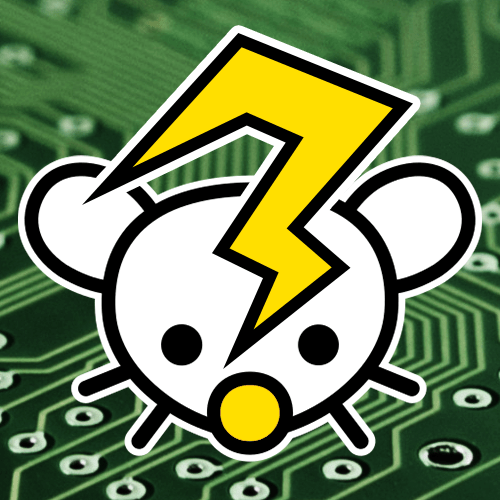Hello. I’m a hobbist on electronics repairs, and I did some repairs on stuff powered from the wall socket before, using a serial bulb to protect the circuit in case there’s a short. Now I want to troubleshoot a board that works at 3V and very low current (like no more than 100mA). So, how can I properly size the bulb I need for this circuit before powering it? Or is there a better way to protect the circuit than a serial bulb? Thanks in advance.
For this application you should be using a bench power supply with current limiting, not a “serial bulb” (I assume you mean a fuse, which is designed to break at a low current, however these are most typically rated for several amps, not typically in the mA range). You can set the voltage and a current limit. If the current goes beyond the limit, then the power supply will drop the voltage to keep the current below the limit or latch off. You can get a fairly cheap one for about $50-60 off of eBay, which won’t be the best but is sufficient for hobby use
Hey, thanks for your reply. By serial bulb I mean a incandescent lamp in series with the circuit. I was looking for a cheap and diy option, but I’ll take a look on a bench power supply. I still need to get me a decent one anyways.
Ah. It’s not going to be possible to size it because the bulb is then acting as a resistor essentially. Unless you know what the equivalent resistance of the circuit you’re testing is, and it draws a fixed current, you aren’t going to be able to cap the current; Adding a resistor (or bulb) is just going to drop the input voltage and you will probably end up having other issues
Ah got it. Then a bench power supply is the way to go. Thanks again!

